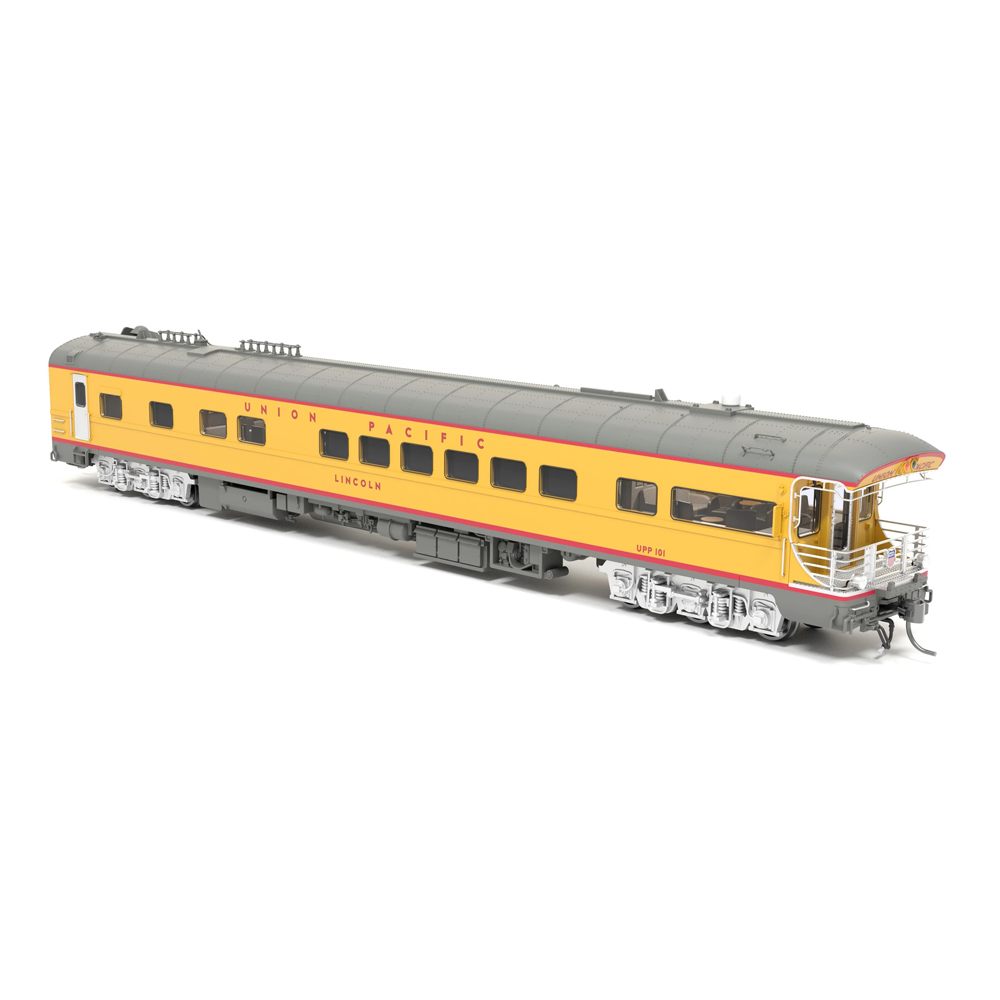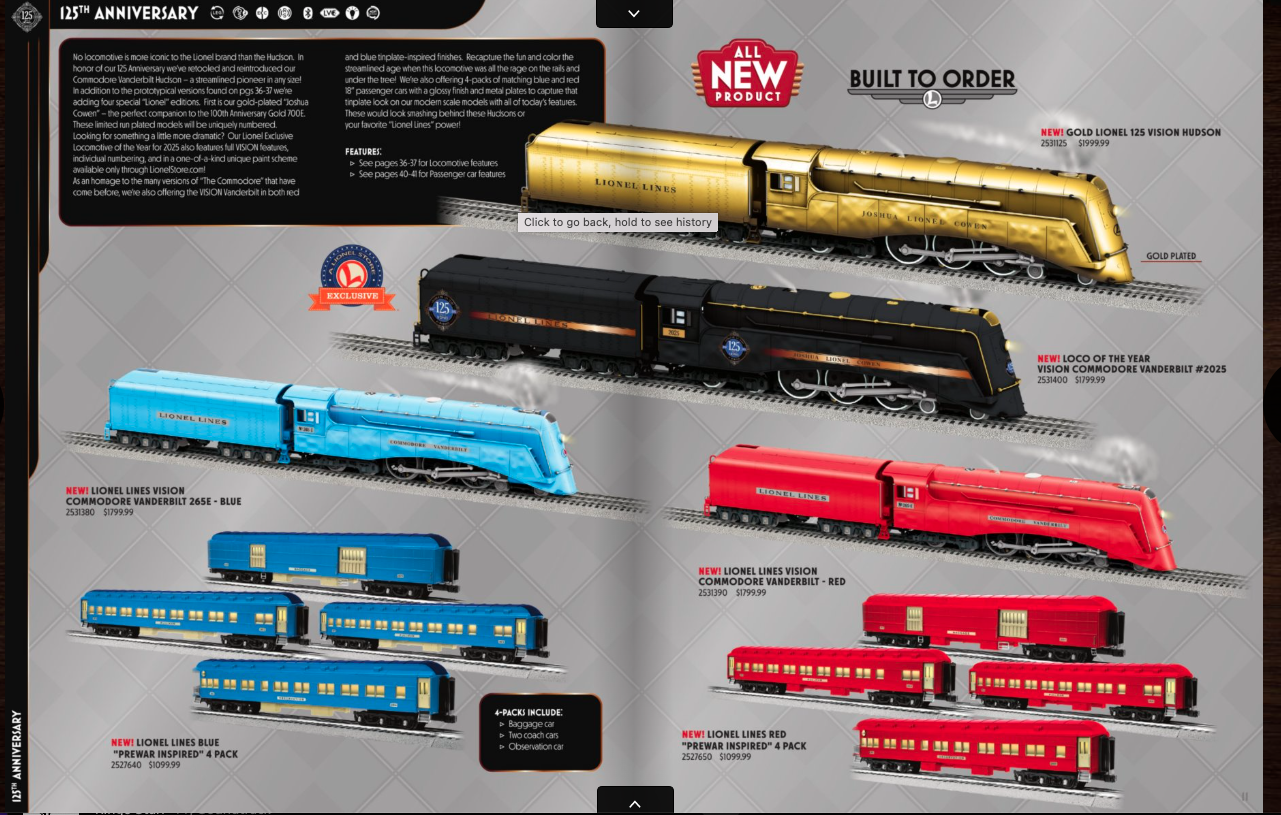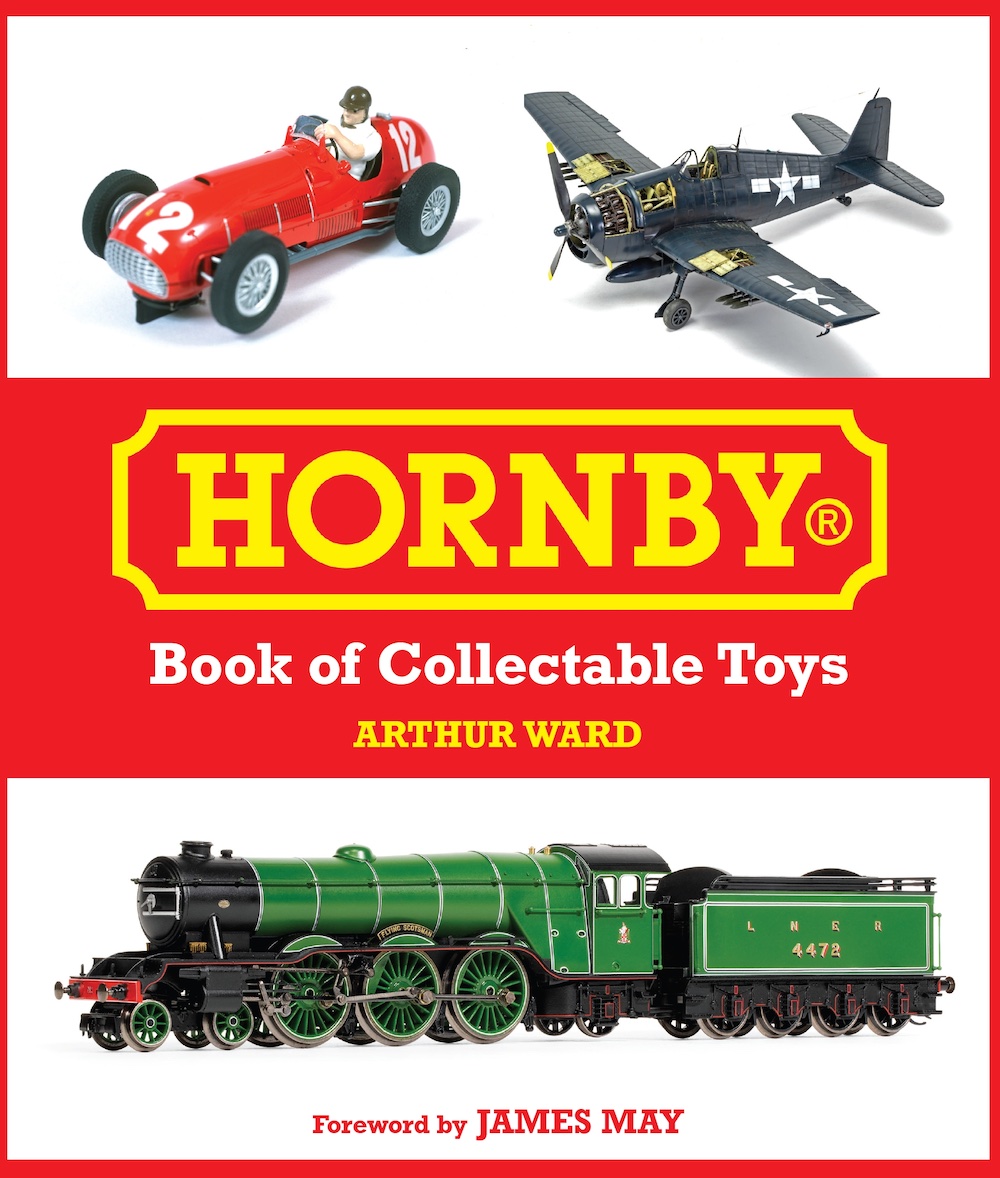Rowland, in the best tradition of comedian Steve Martin, had a “Wild and Crazy” idea to celebrate America’s birthday. Taking his cue from the original Freedom Train of 1947, he created a steam-powered mobile museum that spent two years rolling through cities large and small, helping people make a connection with American history.
Rowland, with a proven track record (he was behind the excursion train that celebrated the 1969 centennial of the first transcontinental railroad), convinced General Motors, Kraft, Pepsi, and Prudential Insurance to contribute $4 million toward a Bicentennial train. An even tougher job may have been to sweet talk 35 railroads into allowing a steam locomotive pulling 20-plus cars access to their busy rails!
Locomotives and cars
The Freedom Train was a rolling exhibit of American history, arts, sciences, and popular culture.
Powered at different times by three steam locomotives – Southern Pacific GS4-class 4-8-4 Northern no. 4449, Reading T1-class 4-8-4 Northern no. 2121, and Texas & Pacific 2-10-4 Texas no. 610 – the American Freedom Train was guaranteed to be the most unusual display to roll into American towns and cities in many a year.
The 20-plus car train included 10 display and two showcase cars for public view and a small fleet of support and crew cars.
The first of the two showcase cars contained transportation artifacts, such as a lunar rover, while the second car contained the Freedom Bell, a bell twice as large as the Liberty Bell donated by the American Legion and its auxiliary.
The public passed through the 10 themed display cars on a moving rubber walkway at the rate of 1,800 people an hour. The first car’s theme was “The Beginning,” then “Exploration and Expansion,” followed by “Growth of the Nation,” “Origins,” “Innovations,” “Labor and Professions,” “Sports,” “Performing Arts,” “Fine Arts,” and “Conflict and Resolution.”
The remaining cars in the train were flatcars to transport vehicles and vendor trailers, two power cars, a dormitory car, and rolling stock from the four-car Preamble Express that was used for crew support.
By the end of the tour, the train racked up 24,612 miles and had hosted nearly 7 million visitors in 138 towns and cities.
The set
K-Line didn’t just paint a passenger train red, white, and blue – it has re-created the American Freedom Train. This is a case where the locomotive takes second place to the rest of the train!
The initial K-Line set consists of showcase cars no. 40 (with a steam locomotive, fire pumper, and an Oldsmobile) and no. 41 (with a lunar rover, AFT route map, and the Freedom Bell); display cars no. 101 (covering 1776-1796) and no. 110 (covering 1956-1976); and open-ended observation car no. 205.
Separate-sale cars include display cars nos. 102 (covering 1796-1816), 103 (covering 1816-1836), 104 (covering 1836-1856), 105 (covering 1856-1876), 106 (covering 1876-1896), 107 (covering 1896-1916), 108 (covering 1916-1936), and 109 (covering 1936-1956).
K-Line also has added a fantasy car to the fleet covering 1976-1996 featuring images of Ronald Reagan, the space shuttle, and the signing of the Mideast peace accord.
K-Line’s American Freedom Train crew car 4-pack includes crew sleeping car no. 201, diner no. 202, lounge no. 203, and parlor car no. 204.
How do the cars we examined stack up? Quite well, indeed.
As with the prototype, K-Line’s cars are modified baggage cars. The models are made from aluminum and have die-cast metal trucks and couplers.
The frames are made from sheet metal. There is some undercarriage detailing, but this is limited to a plastic section simulating battery and air-conditioning units.
The display cars have add-on grab irons on the ends and corners, and steps at each corner. The doors are cast in. Each car has two pickup rollers and interior illumination.
Where a normal baggage car would have a door, the 11 display cars have four patriotic renderings each of events from the era the car represents. Each image is lit from behind by the car’s interior illumination.
The cars also come with small flags that you insert into a socket, two to each “window” frame.
The car bodies are 173/4 inches long (71 scale feet), and each piece of rolling stock measures just under 19 inches (76 scale feet) coupler-to-coupler. The two showcase cars are the same size as the display cars, but have large windows to display artifacts such as a lunar rover.
The third style of car in the basic K-Line outfit is an observation car.
According to the Museum of the American Freedom Trains (freedomtrain.org), the Press and Observation car began life on the Reading as a commuter coach.
When owned by the Lancaster & Chester Railroad, a large observation platform was installed. The car served on the Preamble Express, the Freedom Train, and on BC Rail steam excursions.
The K-Line model has a full interior with passenger figures. I especially liked the drumhead on the end of the platform and the blue and white canopy over the deck. The effect was slick.
Decoration on all of the different the cars was first rate. The reproduction of the simple red, white, and blue graphics is clean and crisp, and I noted no blemishes or defects.
The steamer
Locomotion is provided by a semi-scale K-Line GS-4. While I’m not a particular fan of the GS-4 body style, this model is a good representation. In detail and appearance, it is a notch above the basic Lionel or Williams GS-4, but a notch below MTH’s Premier line Freedom Train 4-8-4.
The model measures 251/2 inches long, or 102 feet in O scale compared to the prototype’s 108 foot length.
Its snout looks terrific with the “over and under” headlights. The deck beneath the boiler front is a separate piece from the boiler casting. A brass bell hangs from the bottom of the smokebox, and a scale dummy coupler and an uncoupler rod grace the pilot. A horn (the GS-4 had both a whistle and air horns) pokes out of the smokebox’s crown.
Blank shapes representing builder’s and trust plates are on the sides of the smokebox. I thought the markers on the front of the locomotive looked way too large, but they match up well with a publicity photo of the locomotive.
The flanks of the locomotives have a ton of cast-in bolts, hatches, and plate seams. The boiler has boiler bands, rivets, and add-on detail parts. I was a bit surprised that the boiler-length handrails were natural metal and not painted, especially since you’ll find red, white, blue, silver, and gold-colored items throughout the locomotive.
The all-weather cab is fully decorated and has two smallish crew figures, both of which are raising their right hand. The handrails for the cab (and opening door) are painted white. There is an opening hatch in the roof.
The tender is a solid rig with fine wire handrails and grab irons, marker lights, and a back-up light.
I liked the cast-in wood-grain detail as well as the surfaces of the cast-in water hatches. Program/run, SignalSounds/RailSounds, and volume switches are located underneath the tender.
On the test track
The RailSounds system is an effective head-turner, and locomotive performance is good in all speed ranges. In the conventional mode, the 4-8-4’s low speed averaged 18.5 scale mph and its high speed averaged 86.8 scale mph. With a 25-car mixed make and vintage train in tow, the locomotive was clocked at a steady 72 scale mph.
Drawbar pull for the 9 pound, 14 ounce steamer was 1 pound, 13 ounces, equal to roughly 87 free-rolling cars. The 4-8-4 has enough grunt to pull the entire Freedom Train consist, but grades, tighter-radius curves, and the electrical draw of all of those lighted cars will be taxing.
The basic RailSounds system generated a nice set of sounds, though none rose above other RailSounds-equipped steamers.
While the prototype GS-4 has an unusual whistle and horn arrangement, the RailSounds circuitry only offers a whistle. TrainMaster command functions, such as the coil coupler, all worked as advertised. The locomotive has two pickup rollers placed 21/2 inches apart. The rollers on the tender are 4 inches apart.
I doubt if anyone will offer anything quite as special as the entire Freedom Train set in O gauge again. The power behind the train, the GS-4 steamer, is a well-built, nicely detailed, and smooth running semi-scale machine.
Seeing K-Line’s commitment to creating the Freedom Train in O gauge, can a Reading 4-8-4 or a Texas & Pacific 2-10-4 be far behind?














